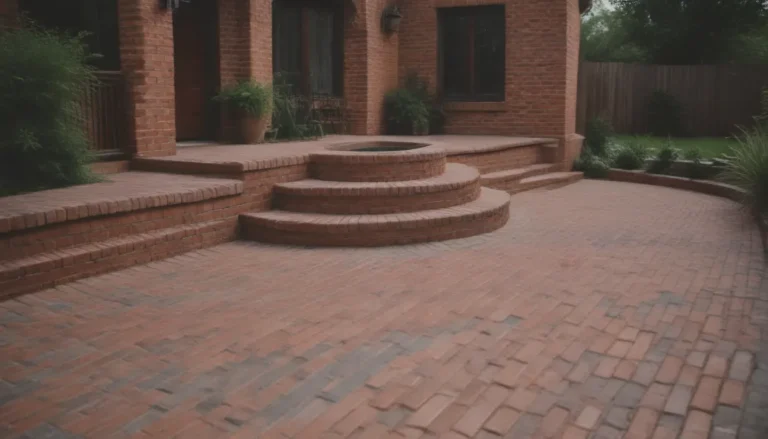Navigating Fence Building Laws as a Homeowner

When it comes to building a fence around your property, there are a lot of rules and regulations to consider. From determining the property line to sharing expenses with your neighbors, the process can seem overwhelming. But fear not! In this comprehensive guide, we will break down the fence building laws that every homeowner should be aware of. So grab a cup of coffee, sit back, and let’s dive into the fascinating world of fence building regulations.
Understanding Property Lines
Before we delve into the nitty-gritty details of fence building laws, let’s start with the basics. What exactly is a property line? A property line is a legal boundary that marks the end of a homeowner’s property and the beginning of a neighbor’s property. It is usually defined in your property deed and plays a crucial role in determining where you can build your fence. Knowing your property line is essential to avoid any legal disputes with your neighbors in the future.
Importance of Fence Building Laws
Fences are more than just a decorative element in your backyard. They serve various purposes, from providing privacy to keeping pets safe and establishing property boundaries. However, in today’s urban landscape, fence building laws are in place to ensure that these structures are built in a way that is harmonious with the surrounding environment. These laws help maintain the visual texture of your community and promote good neighborly relations among residents.
Key Points to Consider
As you embark on your fence building journey, here are some essential considerations to keep in mind:
- Notification: Some areas require you to notify your neighbors before building a fence, while others may not have this requirement. It’s always a good idea to inform your neighbors out of courtesy.
- Expenses: In most cases, both you and your neighbor are expected to share the costs of building and maintaining a boundary fence.
- Position and Placement: The distance at which you can build the fence from the property line may vary depending on your location.
- Fence Height and Type: There are regulations on the maximum height of a fence and the materials you can use.
Building a Fence Along the Property Line
If you are planning to construct a fence along the property line that you share with your neighbor, there are a few things to consider:
- Neighbor Notification: While not always required by law, notifying your neighbor about your plans to build a fence is considered good etiquette.
- Shared Expenses: You and your neighbor may be required to split the costs of building and maintaining the fence.
- Legal Recourse: If your neighbor refuses to contribute to the expenses, you may seek legal action through small claims court.
Legal Challenges and Solutions
Sometimes, building a fence can present legal challenges that you may not have anticipated. Here are some common scenarios and ways to address them:
- Easements: If there is an easement on your property, you may still be able to build a fence, but there are restrictions on how it can be constructed.
- Non-Code-Compliant Fences: If your fence does not comply with local regulations, you may receive a notice to remedy the situation within a specified timeframe.
Tips and Tricks for Successful Fence Building
To ensure a smooth and hassle-free fence building process, here are some helpful tips:
- Land Survey: While not always mandatory, getting a land survey can help you determine the exact boundaries of your property.
- Avoiding Disputes: Communicate openly with your neighbors and seek their input before proceeding with your fence construction plans.
- Consulting Local Laws: Familiarize yourself with the fence building laws in your area to avoid any legal complications down the road.
Final Thoughts
Building a fence around your property can enhance its aesthetics and functionality. By adhering to the fence building laws and regulations applicable in your area, you can ensure a seamless construction process and maintain positive relationships with your neighbors. Remember, a well-built fence not only serves practical purposes but also contributes to the overall charm of your home.
So, roll up your sleeves, grab your tools, and get ready to embark on your fence building journey with confidence! Happy fencing!





